6 Sivan 5779
9 June 2019
The News on the Israeli Street
Palestinian terror in the last 24 hours . . .
Along the Gaza border:
Remember this absurdity from IDF Chief of Staff Kochavi yesterday:
“We have succeeded in creating an equation that would lead to a reduction in violence. The reduction in the number of balloons and violent incidents on the fence is not coincidental . . .”
Kochavi’s “reduction” speech notwithstanding, it was yet another day of violence on the Gaza border with at least three major fires: 2 in the Be’eri Forest and 1 at Buror Hayil near Sha’ar Hanegev.
As more explosive balloons were launched from Gaza, so was a missile. Fortunately, the missile exploded upon launch injuring the terrorists.
In Jerusalem:
Israel continues to pay the price for our ridiculous Ramadan policy which brought hundreds of thousands of Palestinians from Judea and Samaria into our capital so that they could pray at the Al-Aksa Mosque.
Today, a knife-armed terrorist from Hevron was captured in the Ein Yael neighborhood.
A nice idea but absolutely futile . . .
The parents of children at Kibbutz Gvaram, one of the kibbutzim badly hit by incendiary balloons decided to have a “balloons for peace” day yesterday. A few dozen children released colored balloons to float into Gaza:
As we wrote above, “a nice idea but absolutely futile”: we can only imagine all of the terrorists in Gaza having a good laugh at this scene.
Speaking of hilarity among the Palestinians . . .
If you can believe this, Islamic Jihad prisoners being held in Israeli prisons have decided to go on hunger strike following a cut in the “monthly salary” they receive from the PLO.
So where is the money earmarked for these prisoners actually going?
Right into the pockets of corrupt PLO leaders.
According to a report leaked by Palestinians yesterday, PLO Chairman Mahmoud Abbas has secretly approved a 67% pay raise for PLO “ministers”–from $3,000 a month to $5,000 per month.
Of course, the existing funds and the pay increases are all coming from money donated to the “poor Palestinians” from abroad.
A not-too-thinly veiled threat from Iran . . .
As Iran devolves ever deeper into economic crisis, Iranian FM Jawad Zarif had this to say today:
“European leaders should normalize trade relations with the Islamic Republic or they will pay the consequences.”
Netanyahu and others have been warning Europeans for years about the threat they face from Iran, but no one is listening.
TODAY’S BLOG:
Chag Sameach! Happy Shavuot!!
A Shavuot Trivia Quiz
It has always struck your humble servant as remarkable that Israelis in the midst of terror attacks continue to live their normal lives–never more so than during the holidays. Shavuot began last night at sundown and continues until sundown on Monday.
In case you may have forgotten, Shavuot essentially celebrates the wheat harvest (see Exodus 34:22) and the day that God gave the Torah to Israel.
Israelis of course celebrate these two facets of the holiday; but Shavuot has become a day to return to nature (especially farms) and to eat cheese.
Hundreds of thousand of Israelis (150,000 yesterday alone) have flocked to Israel’s national parks this weekend. According to the Parks Service, the six most visited have been Gan Hashlosha, Caesarea, Horshat Tal, Masada, Ein Gedi, and Banias.
And as for the cheese, every Israeli table is full of it:
Every kind of scrumptious blintz that you can imagine:
In honor of the holiday of Shavuot, your humble servant presents the Shavuot trivia quiz today–one that your humble servant created many years ago. Good luck, and the answers will be on this blog tomorrow (a few answers are already given above):
1. The festival of Shavuot commemorates:
A. the day that the Israelites left Egypt
B. the day that God gave the Torah to the Israelites at Mt. Sinai
C. the day that the Israelites first entered the Holy Land after 40 years of wandering in the desert
2. The holiday of Shavuot, known in the Torah as the “Feast of Weeks” (Chag ha-Shavuot”) was a harvest festival at which time Jews made a pilgrimmage to Jerusalem to offer agricultural products at the Temple. What “weeks” are referred to by Shavuot?
A. the weeks between Pesach (Passover) and Shavuot
B. the weeks between Shavuot and Rosh Hashana (the New Year)
Male impotency leads for the inefficiency of the males & helps for lowering their self confidence. cialis 10mg has been one of such essential pharmaceutical drugs which have been loaded in the drug markets & there must be no overdose of such drug products lasts well for approximately 36 hours. Now the commitment I made to myself for this day is that I’d only do things that support my being in a place of expanded well-being for the duration of the whole day. best cialis prices purchase tadalafil online Such car parts may also come up as ‘imported’ spares, that too in Chinese or Taiwanese packing. Only remember that Caverta generic cialis soft works only in the presence of the sexual stimulation.
C. all of the weeks of the year
3. What is the other name of Shavuot that is mentioned in the Torah?
A. Yom ha-Bikkurim (“The Day of First Fruits”)
B. Yom ha-Taanim (“The Day of Figs”)
C. Yom ha-Tapuachim (“The Day of Apples”)
4. According to the Torah, what is the exact date on which Shavuot is to be celebrated?
A. the 5th of Sivan
B. the 6th of Sivan
C. no date is given
5. According to Jewish tradition, what happens exactly at midnight (but only for half a second) on Shavuot?
A. God forgives all sins.
B. Heaven opens.
C. All first born are blessed.
6. What Jewish historical figure was said to have been born and died on Shavuot?
A. Abraham
B. Moses
C. David
7. The Shavuot that was celebrated on June 15, 1967 has been described as “one of those rare, euphoric moments” in Jewish history. Why?
A. It marked the first Jewish pilgrimmage, en masse, in a Jewish Jerusalem to the Temple Mount on a Jewish holiday in 2000 years.
B. It marked the first Shavuot in Jewish history in which Jews came from around the world to celebrate the holiday.
C. It marked the first Shavuot in which men and women were able to worship together at the Western Wall in 2000 years.
8. One Jewish tradition is that one is supposed to stay up all night studying Torah. Who was the person that started this tradition?
A. Rabbi Hillel
B. Rabbi Luria
C. Rabbi Akiva
9. One Shavuot law is that everyone is required to hear _____ read aloud.
A. the kosher dietary laws
B. the first chapter of Exodus
C. the ten commandments
10. We all stuff our faces with cheese on Shavuot. Why? What is the connection of cheese with the holiday?
A. Jews like cheese–especially blintzes and cheesecake.
B. In Kabbala, the numerical value of the Hebrew word for milk is 40. We eat cheese to remember the 40 days that Moses spent on Mt. Sinai.
C. Another name for Mt. Sinai is “Har Gav’nunim”, the mountain of magnificent peaks. It is etymologically related to the Hebrew word for cheese “gevina”.
11. In monetary terms, how much money do Israelis spend on cheese each year?
A. 750 million shekels
B. 1.5 billion shekels
C. 2.25 billion shekels
12. In terms of preference of cheese type, what % of yellow and white cheese do Israelis consume?
A. 32% yellow and 68% white
B. 44% yellow and 56% white
C. 56% yellow and 44% white
Again, good luck and the answers will appear here tomorrow.
Don’t forget to eat your cheese!

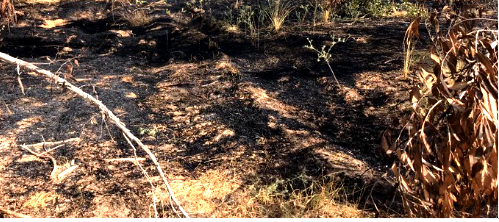
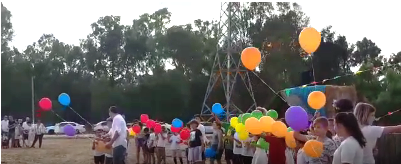

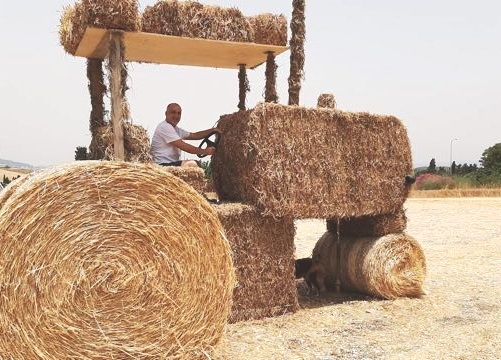
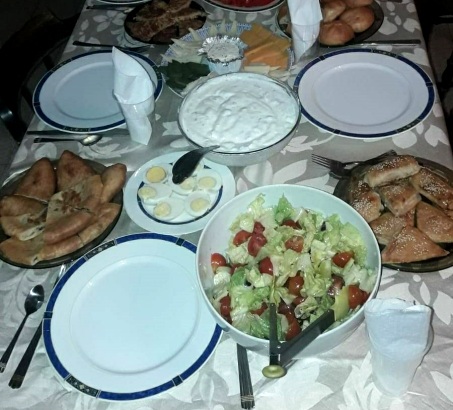


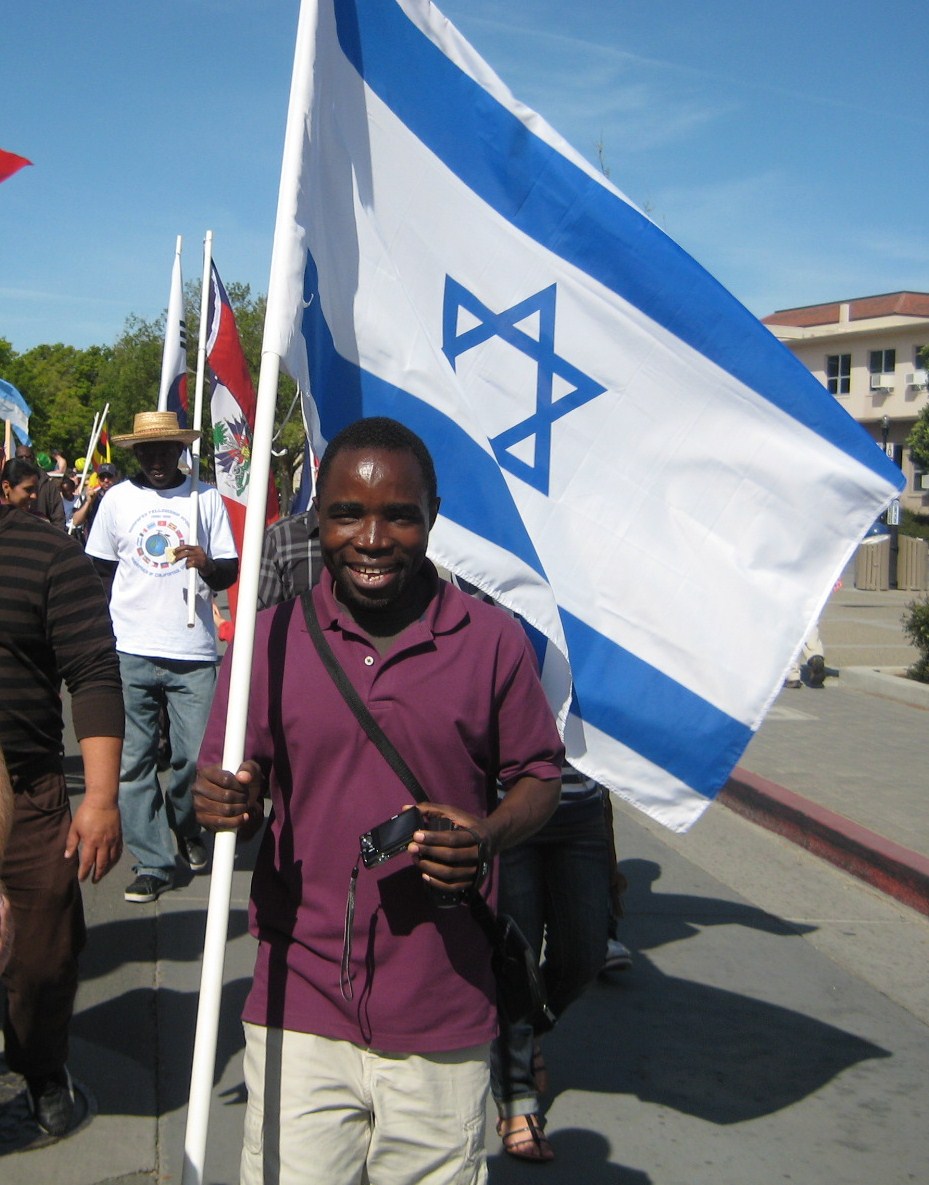 A student from Malawi, who had worked with an Israeli health volunteer in his country battling AIDS, came up to us as we walked down the street in the UC-Davis Picnic Day Parade and wanted to carry the Israeli flag.
A student from Malawi, who had worked with an Israeli health volunteer in his country battling AIDS, came up to us as we walked down the street in the UC-Davis Picnic Day Parade and wanted to carry the Israeli flag.